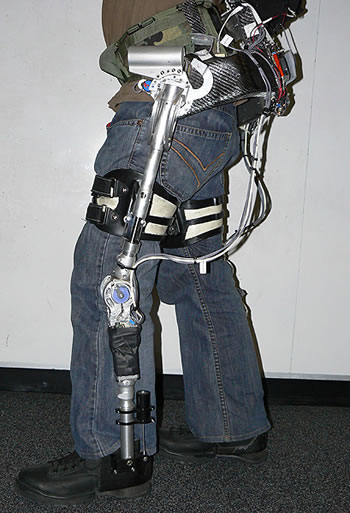|
Distributed ledger technology (DLT) has emerged as a groundbreaking innovation with the potential to transform various industries, ranging from finance and supply chain management to healthcare and even governance. This technology, epitomized by blockchain, offers a decentralized and secure way of recording, verifying, and storing transactions or data across multiple participants or nodes in a network. At its core, DLT enables the creation of a digital ledger that is distributed and synchronized among multiple participants, eliminating the need for a central authority or intermediary. This decentralized approach brings several advantages, including increased transparency, immutability, security, and efficiency. One of the main applications of DLT is in the realm of financial transactions. Traditional financial systems often rely on centralized intermediaries such as banks to facilitate transactions and maintain records. DLT disrupts this model by enabling peer-to-peer transactions without the need for intermediaries. Blockchain, as a form of DLT, ensures transparency by allowing all participants to view and validate transactions, reducing the risk of fraud and improving overall efficiency. Moreover, DLT has the potential to revolutionize supply chain management by providing an immutable and transparent record of each transaction or event throughout the supply chain. By leveraging DLT, companies can trace products from their origin to the end consumer, enhancing trust, and reducing counterfeiting. Additionally, DLT can automate processes such as inventory management and payment settlements, streamlining operations and reducing costs. In the healthcare industry, DLT holds promise for improving data security and interoperability. With DLT, patient records can be securely stored and shared among healthcare providers while maintaining privacy and consent. Smart contracts built on DLT can automate insurance claims processing, ensuring faster and more accurate reimbursements. Beyond finance and healthcare, DLT can also transform governance and voting systems. The decentralized nature of DLT makes it possible to create tamper-proof voting mechanisms, ensuring transparency and verifiability. By removing the reliance on centralized authorities, DLT can enhance trust in democratic processes. Despite its potential, DLT is not without challenges. Scalability, energy consumption, regulatory frameworks, and interoperability remain areas of active research and development. However, as technology advances and these challenges are addressed, DLT is poised to reshape industries and unlock new possibilities. In conclusion, distributed ledger technology, with blockchain being one prominent example, has the potential to revolutionize various sectors by providing transparency, security, efficiency, and decentralization. Its applications extend beyond finance to supply chain management, healthcare, governance, and more. As the technology evolves and matures, it will pave the way for a decentralized future, empowering individuals and organizations alike.  |
